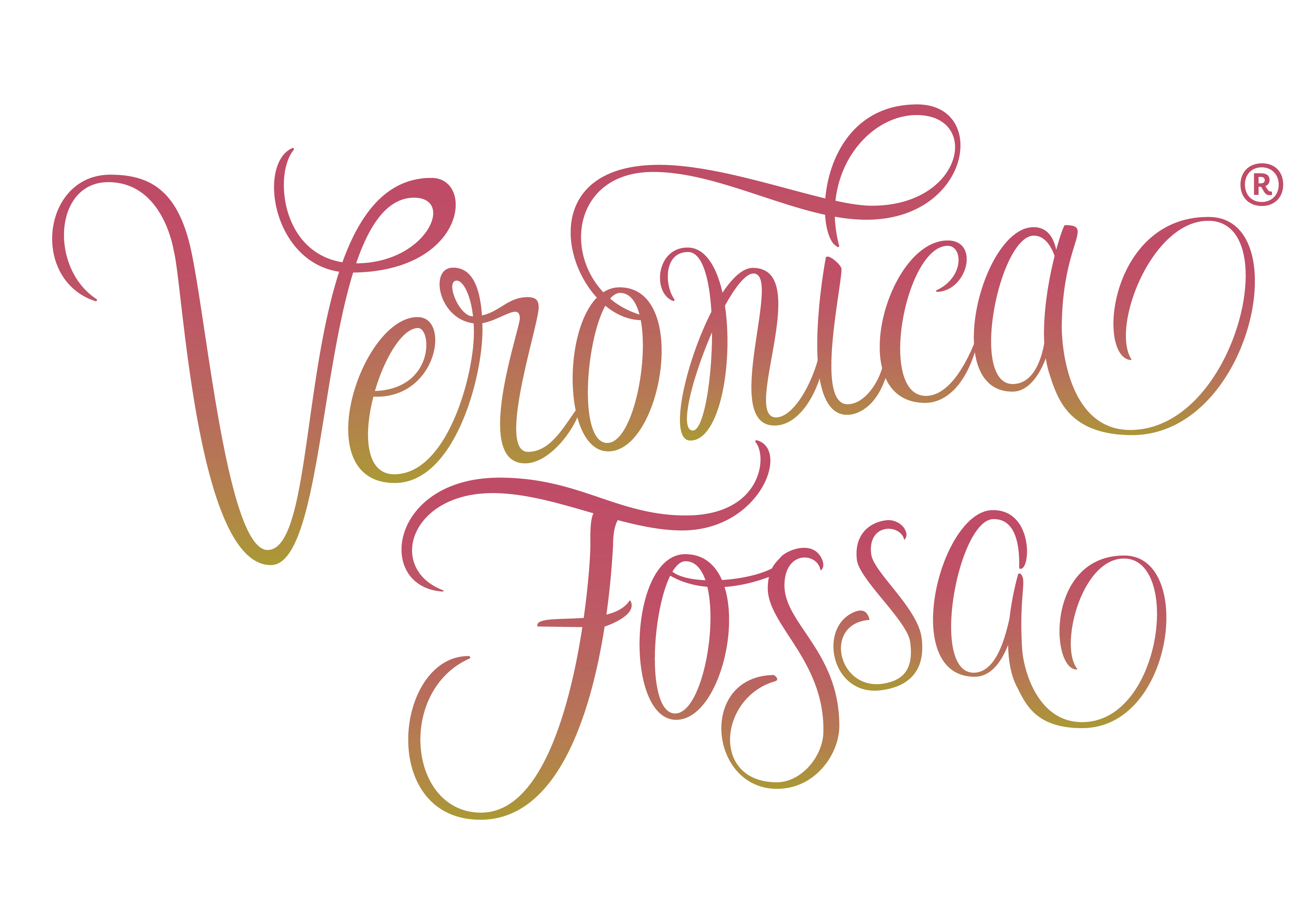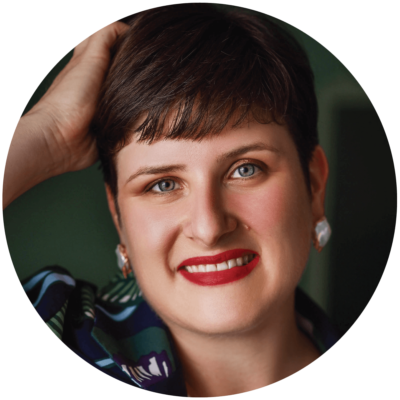With a site-specific project like this one, I usually spend hours reading up on a location, browsing through the pictures, and researching anything that helps me craft a concept. I also spend time on site, chatting with anyone involved with the project. All that to say this: understanding the sense of place is essential to my process.
This time I couldn’t fly to Tallinn in advance. But I was familiar with Kultuurikatel since I had done some work there previously. I also had already worked with Dagmar before. So I knew we were aiming for a high standard. (My favorite projects).
But back to the space: I knew this job would be a tall order. And here’s why.
The two well-preserved steam cauldrons in the Cauldron Hall are jaw-dropping. However, if Dagmar and her colleagues were expecting warm, feel-good vibes (which they obviously were), that was a challenge. With a height of 35 m and 780 sqm of space, the area is so enormous that it quickly feels empty. You would probably agree: the industrial vibe is captivating. But it’s also unfriendly.
Then add that Kultuurikatel is a famous concert and event venue amongst our audience of creative professionals, we had one more challenge on our plate.
In short:
- There was waaay more space than people. (Not good for dining spaces). How could we “fill” it? How could we create spaces for convergence?
- The industrial vibe is hyped yet unfriendly. How could we turn the space into a feel-good environment?
- The space was nothing new to guests who visited Kultuurikatel regularly. So, how could we bring the elements of surprise to the experience?
I already said this: I knew this job would be a tall order. But I couldn’t turn down such an exciting opportunity. After all, how often do you get a chance to design an event in one of the coolest venues in Estonia and set a new nationwide standard of excellence? So I rolled out my proverbial sleeves and got ready to do what you need to do when you’re still not clear about your vision: more research.
Ok, I had Dagmar’s existing expectations for the event (creative, seasonal, local, and site-specific). But I still needed a guiding vision for the design of dining experience.
So, as with every new concept, I began by asking questions, such as:
- What’s the purpose of MELT?
- What makes it a unique conference?
- What is the most critical need for this group to gather around?
And here is what I discovered about this conference:
- It convenes business and creative leaders across backgrounds and industries, celebrating their creativity.
- It also recognizes that successful companies are both creative and business-oriented.
- And, until MELT Forum’s founding, there weren’t many spaces available in Estonia to hold such discussions or gather such diverse professionals.
Then it dawned on me: for a day, MELT Forum does what co-working spaces do permanently. They facilitate community, convergence, and creativity. How? By applying design principles, such as variety, choice, and flow. They also avoid fixed workplace schemes and default norms.
With that insight, I added another pillar to the brief; “fluidity.” To me, “fluidity” summed up variety, choice, flow, and togetherness.
Once I had this vision, I built the essence and experience of co-working spaces into my concept for the event. Then, finally, I was ready to present my idea and show Dagmar the mood board with the concept before moving on to the design phase.




















